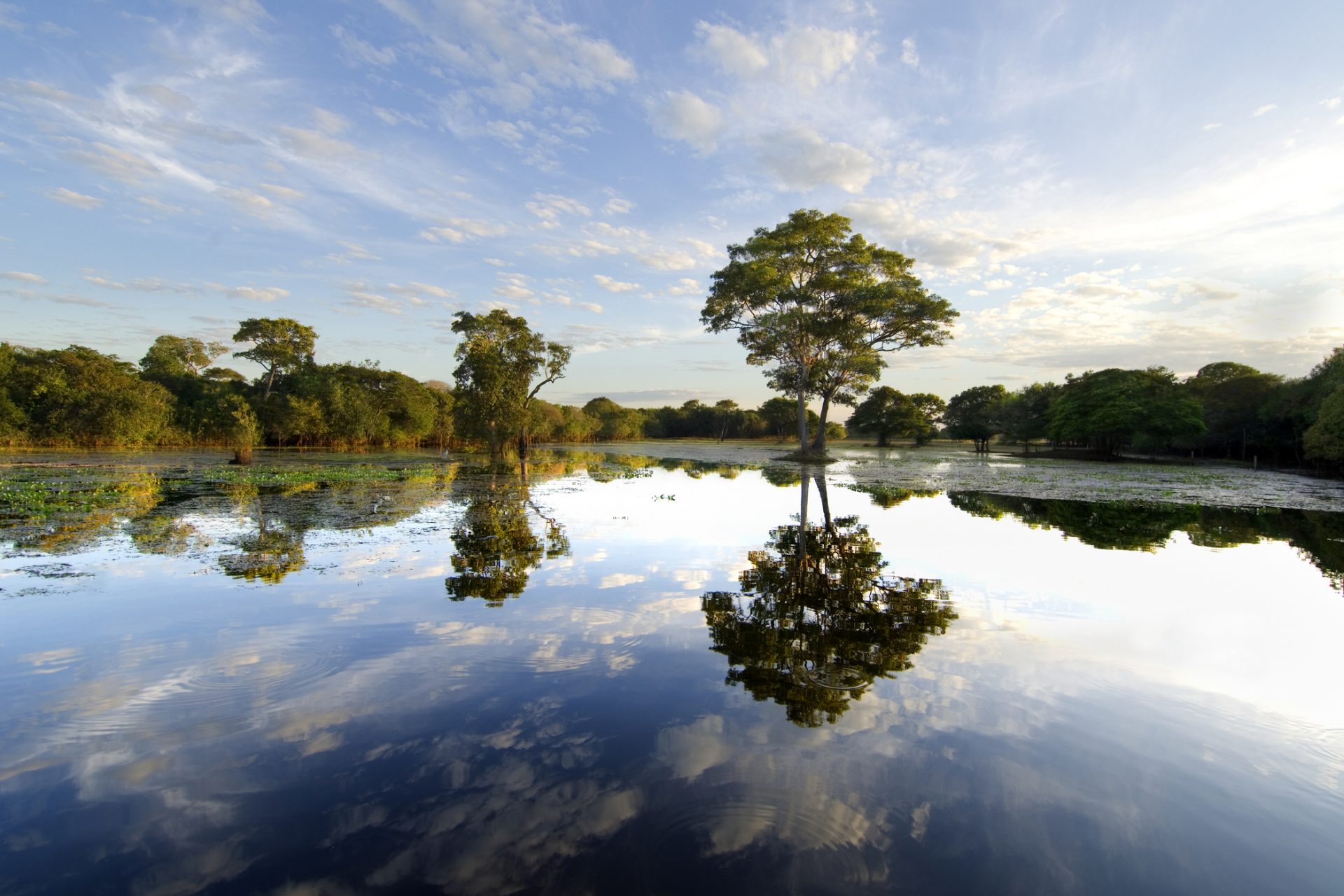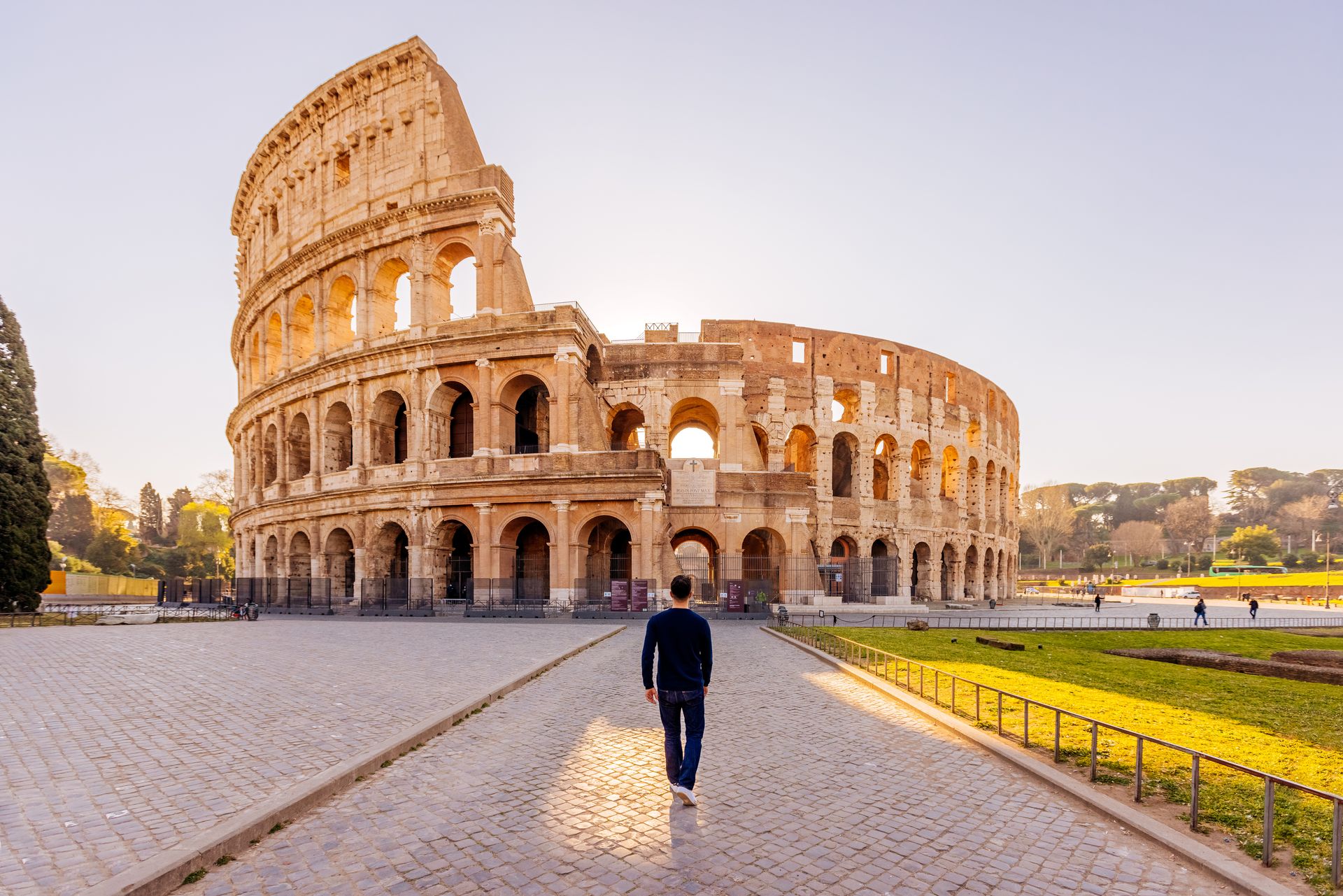Mont Saint-Michel: 15 unusual facts about the famous French island
Among the most visited tourist sites in Europe, Mont Saint-Michel is a destination as mysterious as it is famous. Discover this French island with us in fifteen anecdotes and unusual facts!
Legend has it that Bishop Aubert of Avranches, in Normandy, was visited in a dream by the Archangel Michael. The angel ordered him to build a church on the rock located at the mouth of the Couesnon River. Until the religious community complied with his wishes, Saint-Michel would reappear again and again.
The construction of Mont Saint-Michel would span 1,300 years, from the beginning of the construction of the abbey in the 8th century to the last works allowing access to the place, inaugurated in 2014.
Since the 10th century, Mont-Saint-Michel has been a major place of pilgrimage. It was not accessible by a bridge for many years, and the pilgrims went there at the risk of their lives. They had to pass through quicksand while crossing the bay.
The small size of the Mount forced the religious community to build high constructions. Destroyed by fire in 1204, the monastery had to be rebuilt, but it came to include 'La Merveille,' a masterpiece of Gothic architecture.
Nowadays, Mont Saint-Michel welcomes crowds of tourists from all over the world. With more than two million visitors per year, it is one of the busiest sites in France.
And yet, the place has only a few dozen residents: there were only 27 left in 2020 compared to more than 1,000 in the 19th century and 114 in 1975.
Connected to the mainland, Mont Saint-Michel becomes an island again during the high equinox tides. This is the time of the year when it attracts the largest number of visitors.
Although located opposite the English coast, Mont Saint-Michel never fell into English hands during the infamous Hundred Years War. Thanks to the high tides and its solid fortifications, it withstood a siege of thirty years and its history inspired a woman called Joan of Arc...
The English hold no grudges as they have kept a smaller replica of the place, 'Saint Michael's Mount' (pictured), built on the north bank of the English Channel by the Norman Duke William the Conqueror.
For centuries, the place was called 'Mont-Saint-Michel-au-péril-de-la-mer' (At the Peril of the Sea). During the French Revolution, it was briefly renamed 'Le Mont Libre' (The Free Mount). In the 19th century, it was nicknamed 'The Bastille of The Seas,' because it had been transformed into a prison at the time.
Several famous prisoners have stayed at Mont Saint-Michel, including the French Republican activist Armand Barbès (in the photo) and the socialist revolutionary Auguste Blanqui.
Another local celebrity lived there between the 19th and 20th centuries: Mother Poulard. Annette Boutiaut, her real name, was born in Burgundy before settling in Mont as a servant and opening an inn with her husband. She made a name for herself for a particularly tasty omelet specialty that everyone in Paris was eager to come and taste.
Another gastronomic specialty of Mont Saint-Michel is salt-meadow lamb, also called 'grévin.' Its rare and particular taste comes from the iodized and salty vegetation of the pastures. The 'Saline meadows of Mont-Saint-Michel' are a controlled designation of origin.
A question that has animated more than one discussion among French families or friends: is Mont Saint-Michel located in the French region of Brittany or Normandy? Administratively, it is clearly in Normandy, but the island has moved from one region to another over the course of wars and political agreements in the history of France.
An emblematic place of France and Catholicism, Mont-Saint-Michel is represented in several video games such as the Japanese game 'Onimusha 3: Demon Siege,' released in 2004.



























